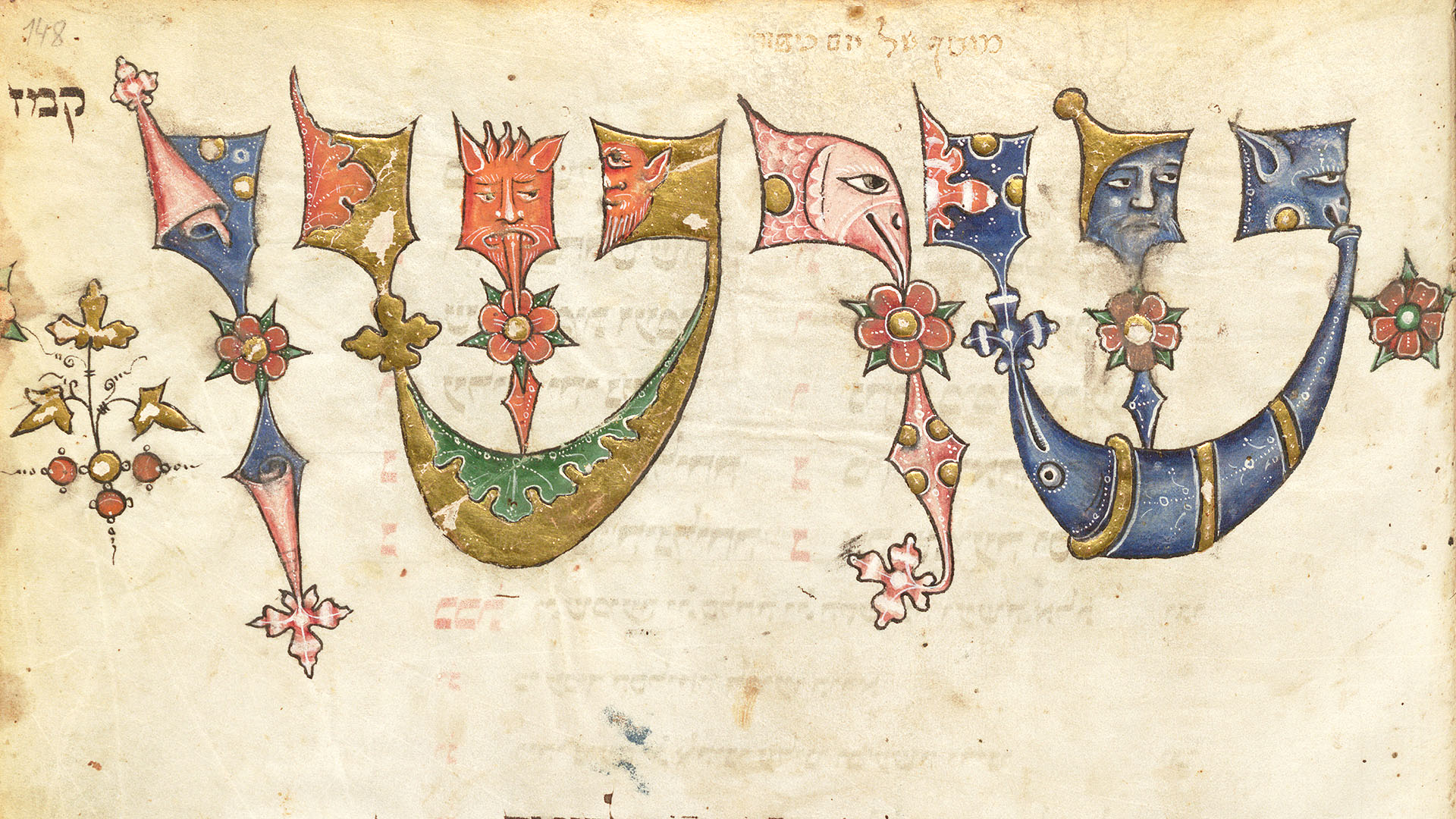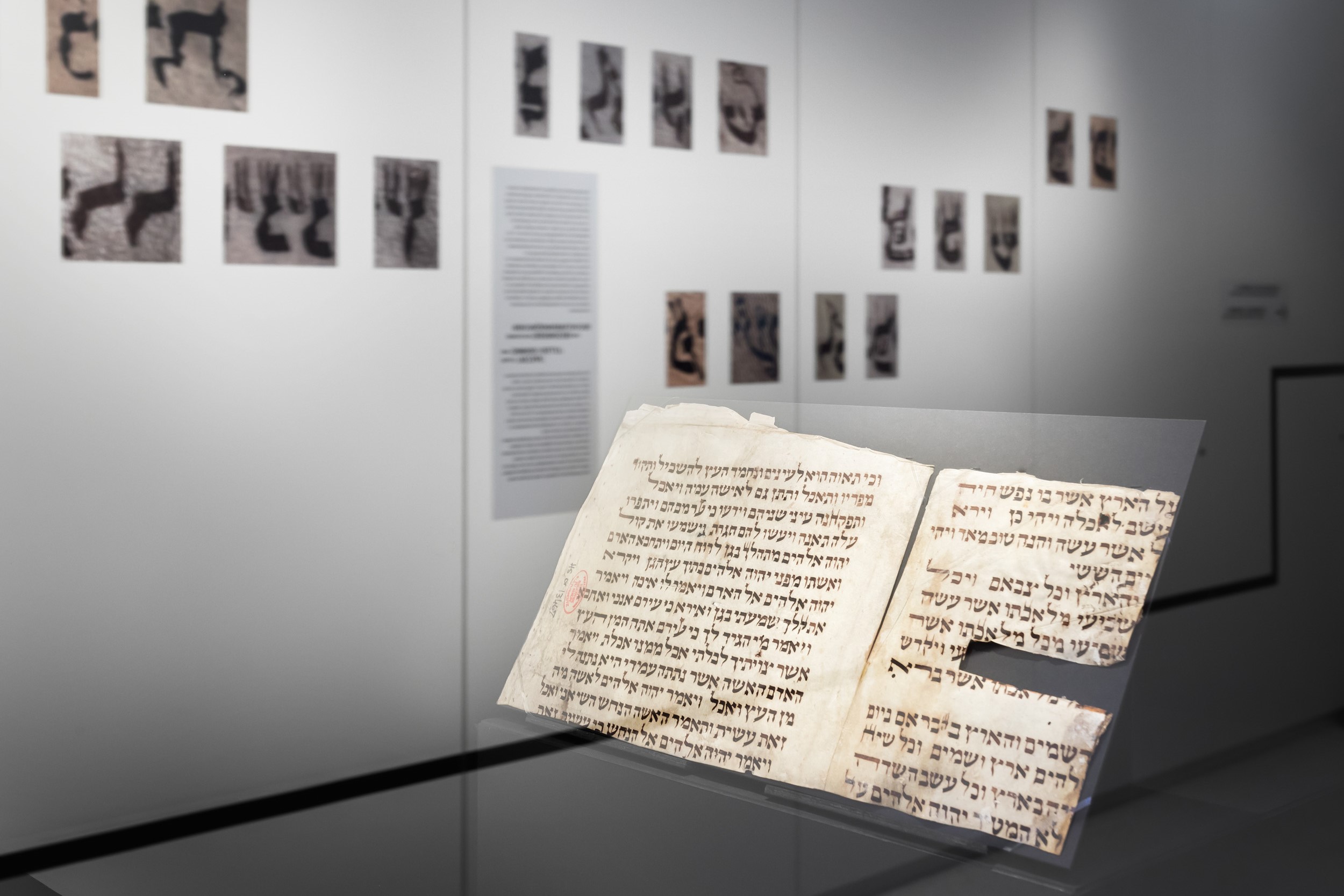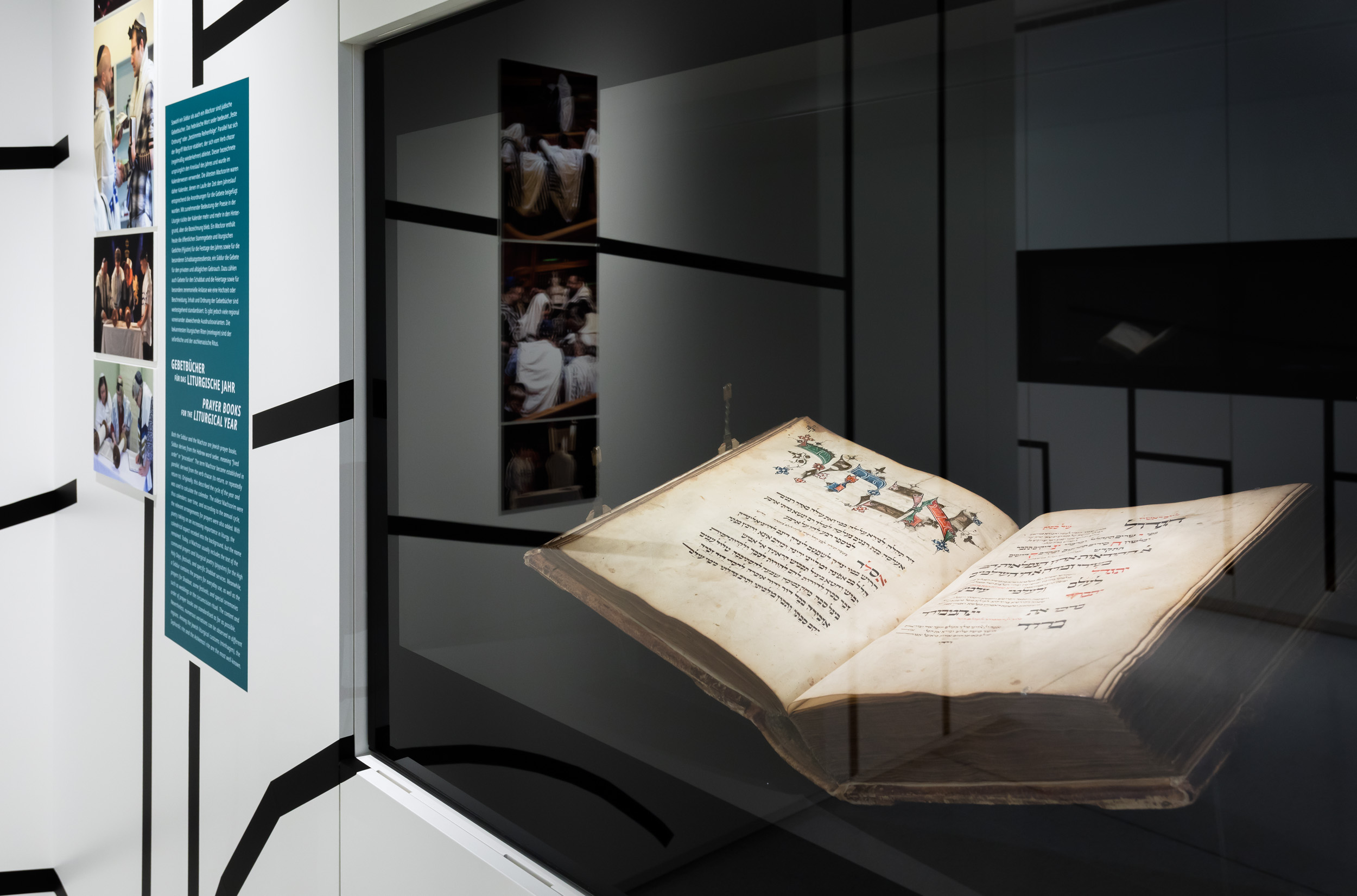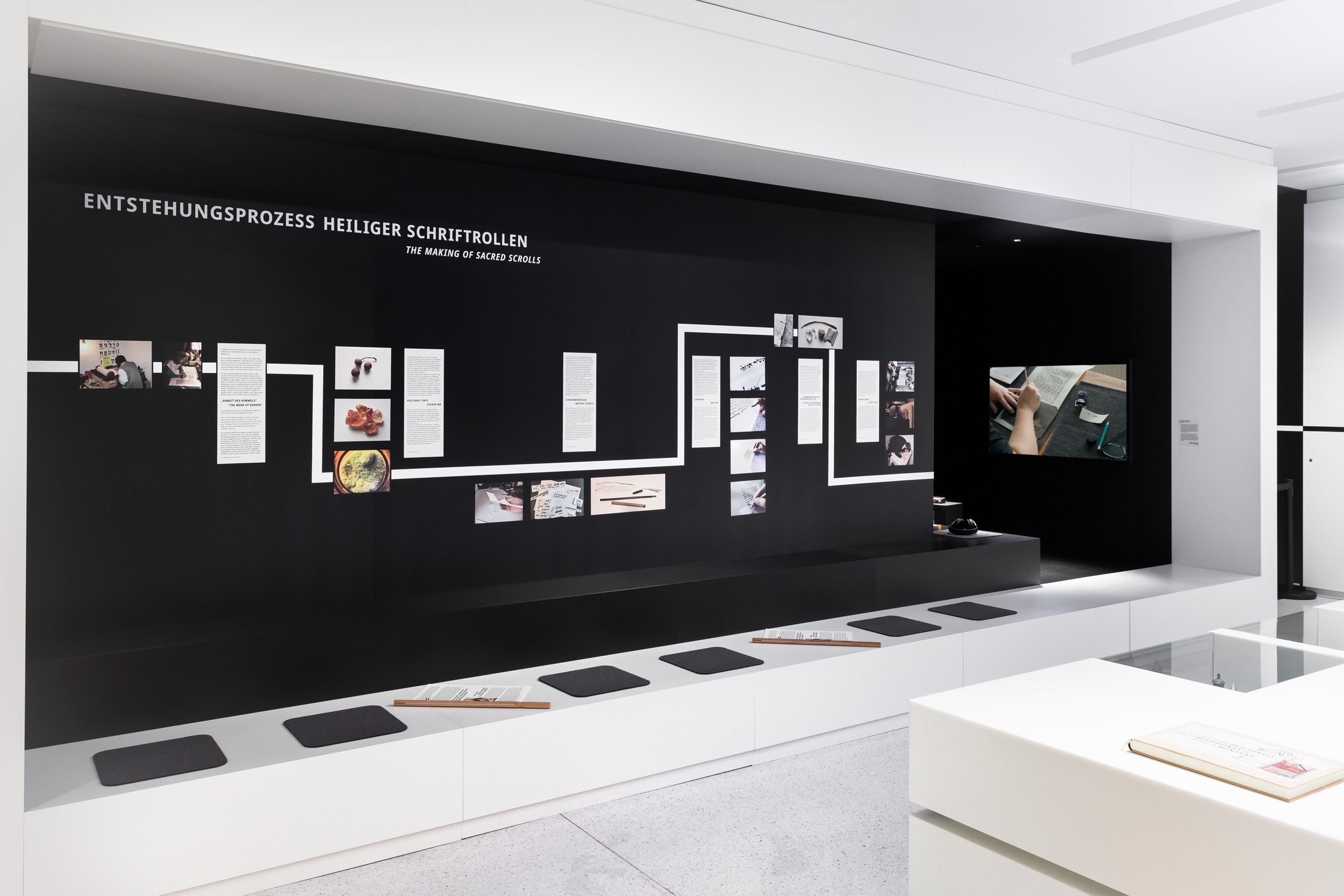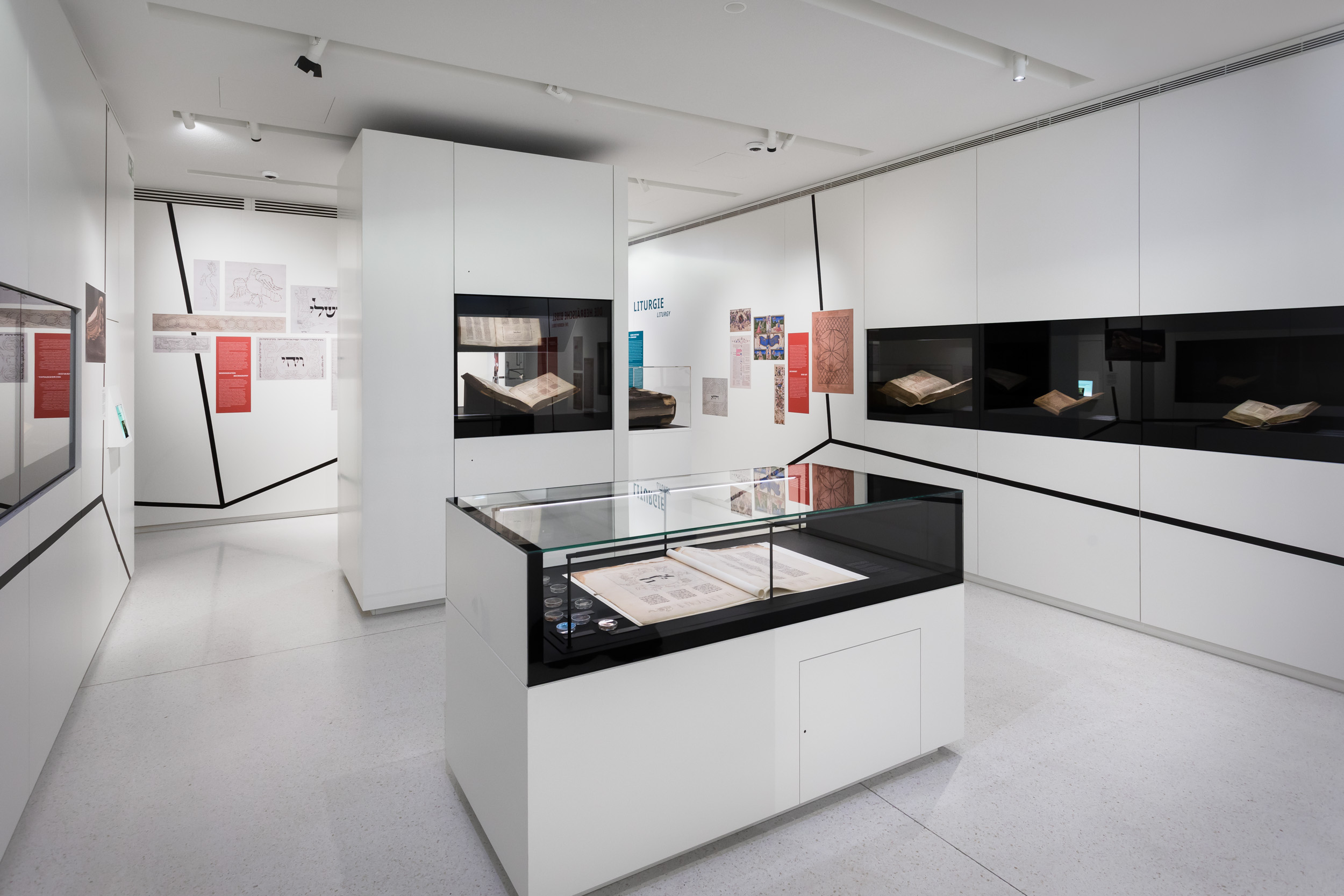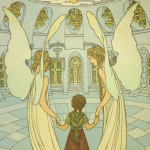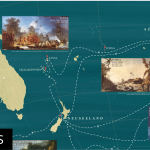Sacredness materialized
Jewish book art in ritual context
Sacred books are the heart of Jewish written culture, which has developed in impressive diversity and aesthetic expressiveness from its beginnings in ancient Israel to the present day. Copies of the Hebrew Bible, liturgical scrolls and prayer books for the holidays structure the rhythm of teaching, prayer and religious ritual in the synagogue – and thus create a space of cultural identity beyond the everyday.
As a manuscript, such a text takes on a special significance: its value is not only measured by the quality of the material or the artistic design, but also by the personal virtues of the scribe and the circumstances under which it was written.
The exhibition presents selected Hebrew manuscripts from the Staatsbibliothek zu Berlin’s important Hebraica collection and offers fascinating insights into Jewish book art and its cultural context. Outstanding pieces from the famous Erfurt collection allow visitors to study, for example, skilful Hebrew micrography, traces of Christian Hebraism and the ritual production of Torah scrolls – including the largest Hebrew Bible of the Middle Ages, two exceptionally well-preserved Ashkenazi Torah scrolls and a large-format prayer book from the 14th century.
Richly illuminated Esther scrolls and prayer books, including some from the renowned Hamilton collection, also offer insights into the heyday of Jewish book art. A particular highlight is the elaborately restored calendar work by Judah Mehler Reutlingen. It impressively shows how the Jewish holidays were precisely determined by coordinating the lunar and solar cycles and inserting additional months or days.
Image at the top: Detail from a medieval Jewish prayer book (Staatsbibliothek zu Berlin, Orientabteilung, Ms. or. fol. 388, f. 148r) | © Stabi Berlin; Exhibition view: photographer: Hagen Immel | © Stabi Berlin.
Accompanying events
Guided tours:
Dates and Registration
